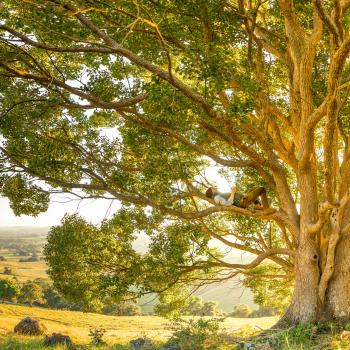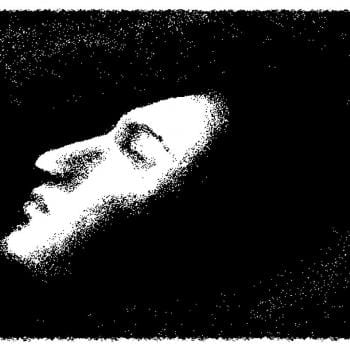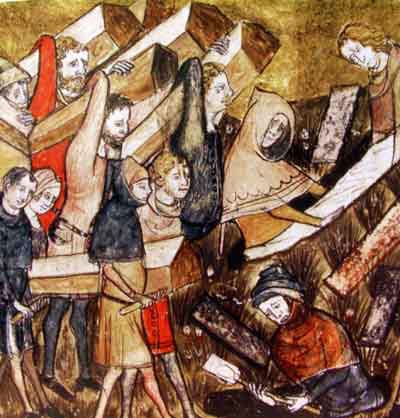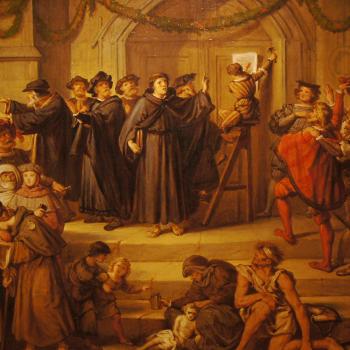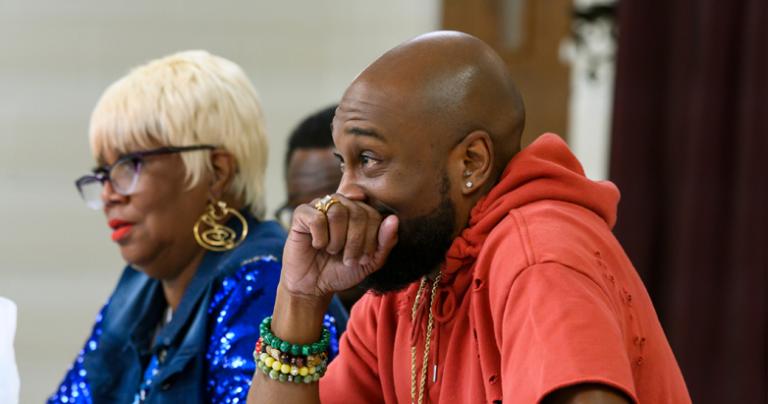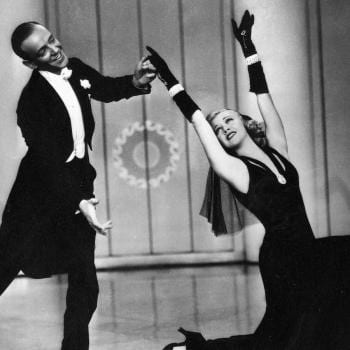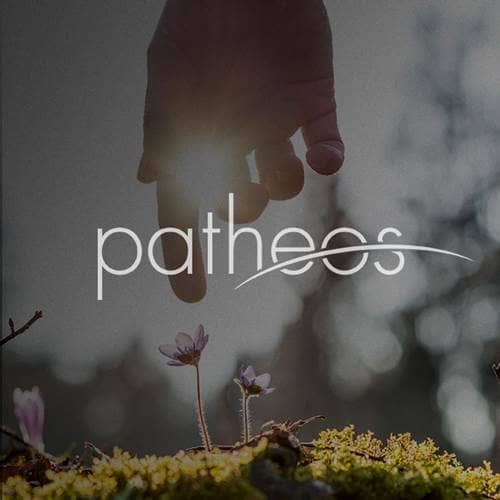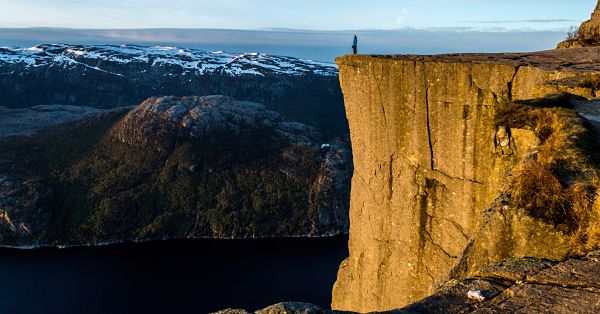- Trending:
- Pope Leo Xiv
- |
- Israel
- |
- Trump
- |
- Social Justice
- |
- Peace
- |
- Love

Human Flow
Director: Ai Weiwei
Run Time: 140mins
According to the UN, there are 65.6 million forcibly displaced persons in the world today. 22.5 million are classified as refugees. Fifty-five percent of these refugees come from just three countries - South Sudan, Afghanistan, and Syria. Only 189,300 of these refugees have been resettled. The rest are waiting in camps, mostly in Africa, the Middle East, and North Africa. Over half of these refugees are under the age of eighteen.
Those figures are staggering. The crisis seems too big, impossible to solve. We’re barely able to even reckon the scope of the problem adequately. And then when you hear that the number of displaced persons is growing by 28,300 persons every day, it’s debilitating. It’s almost numbing.
Human Flow, the new film from international contemporary art icon and activist Ai Weiwei, attempts to correctly reckon the scope of the refugee crisis in the world today without turning it into an abstraction. As often as the film features wide, sweeping shots of the vast camps which house these displaced millions, it also goes into those tents to be with those people. Ai Weiwei talks to them about their experiences. He identifies with individuals and asks us to do the same. At one point, he even pretends to trade passports with one man, symbolically offering to trade his freedom for the man’s displacement.
This is a film of presence. It is steady, and it trusts its audience to care about these displaced people without resorting to maudlin tricks. It barely even features a soundtrack. Rather, the film alternates between overwhelming vistas and intimate moments. One of my favorite moments in the film begins as a drone shot so high you can almost see the curve of the earth. Then the camera descends, and details come into focus - a vast camp of white tents spread across a barren, rocky terrain, then people like flakes of pepper on the ground, then a small group of people gathered directly below the camera. They separate as the camera descends. They were watching the drone, excited that something interesting was happening in the camp, happy to be seen.
As Ai Weiwei introduces us to many refugees and to many people working diligently to help them, another character emerges from the narrative, a character without a voice that nevertheless clearly communicates to and about the refugees - the Wall. Every camp the film visits around the world is hemmed in by a high concrete wall or razor wire encrusted fence. These people are initially displaced because of violence in their home countries, but they are also displaced because they are not welcome anywhere else. Many nations are working very hard to find homes for these people and to end the conflicts they drove them abroad, but there is also an element in society that wants these people kept out, often for legitimate reasons like lack of aid funds and lack of space, but also for illegitimate reasons like fear, racism, and greed. Human Flow wants us to solve these problems – to break down the walls – because this is a crisis that is only projected to worsen in the coming years, and if we don’t solve it, we hazard our humanity as well as these millions of human lives.
Human Flow is a call to action that believes the best about all humanity on both sides of the wall and expects us to be compassionate toward one another.


